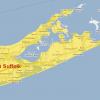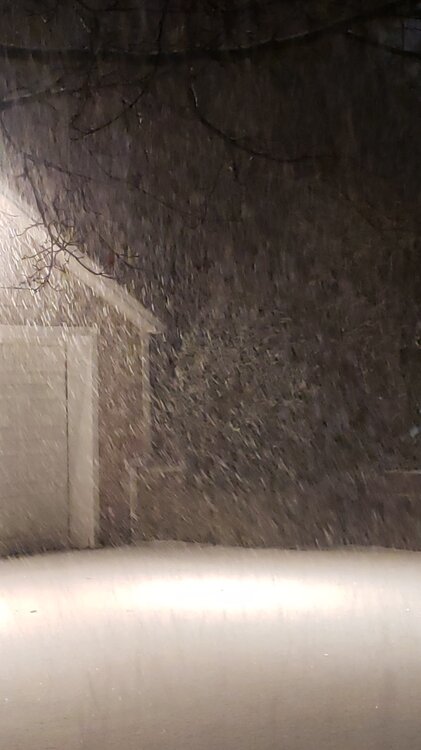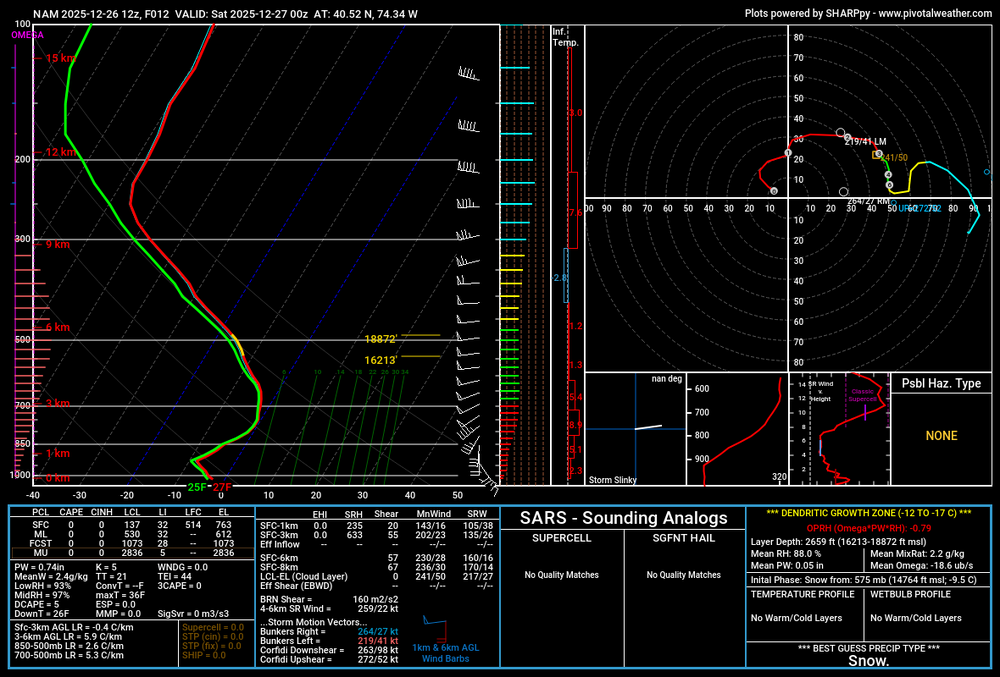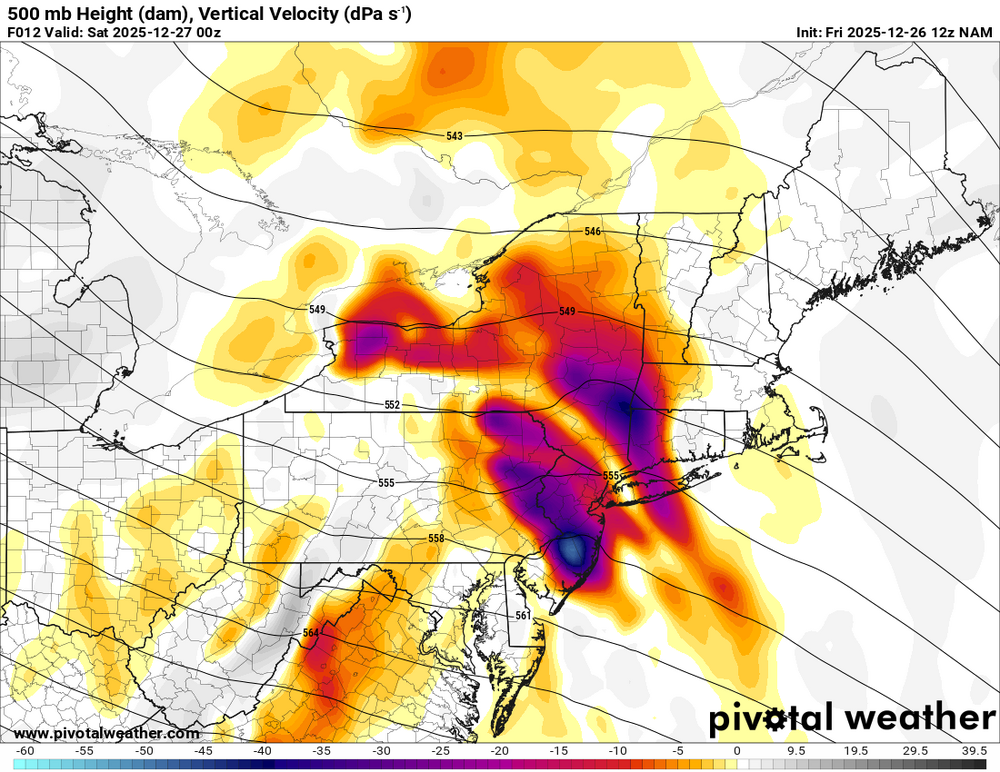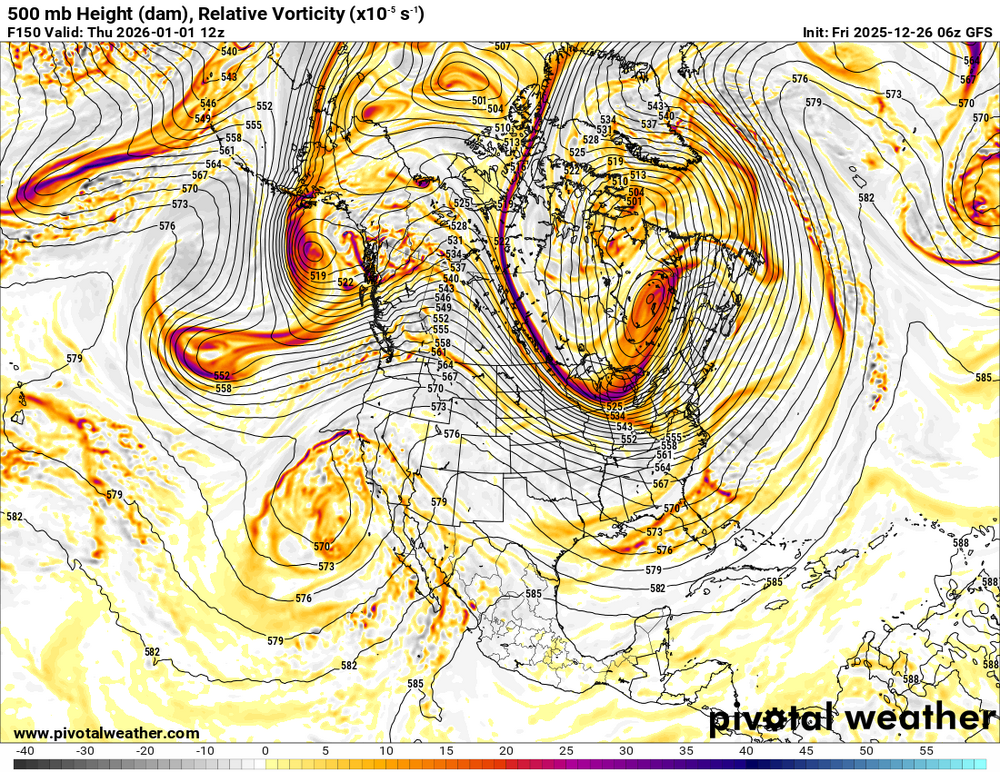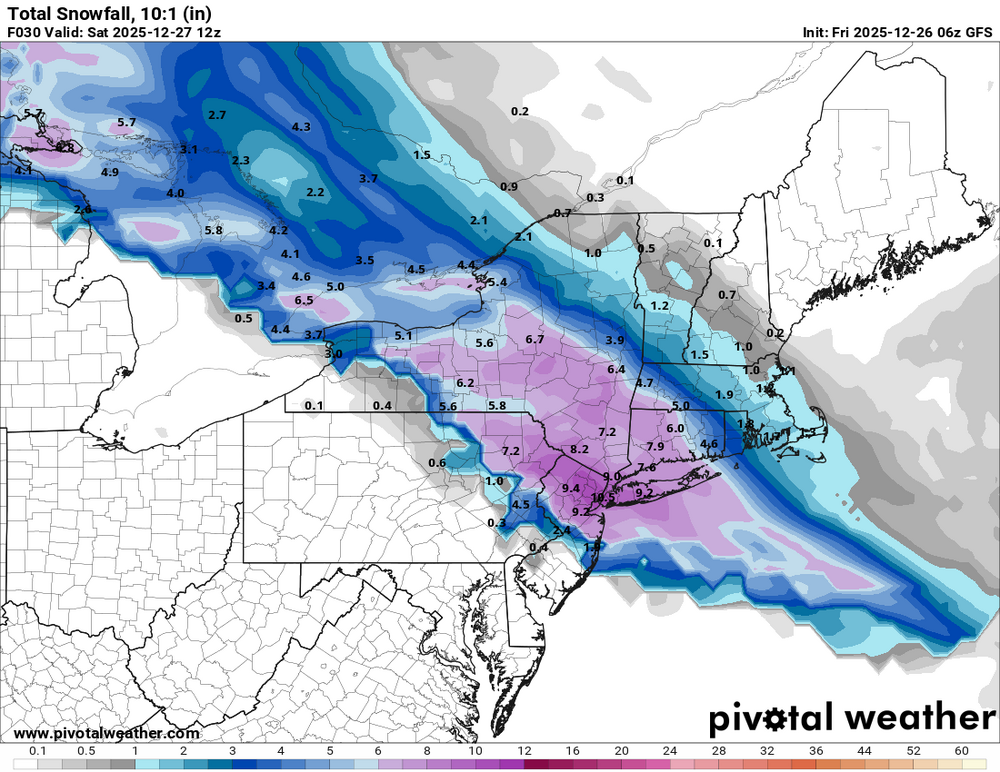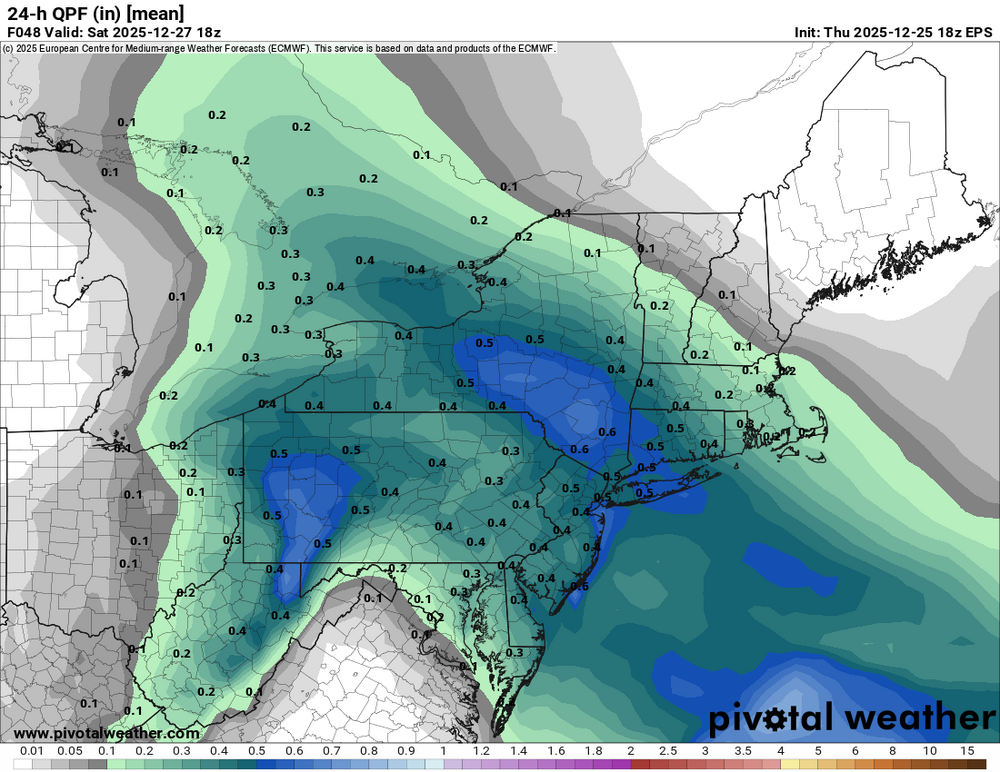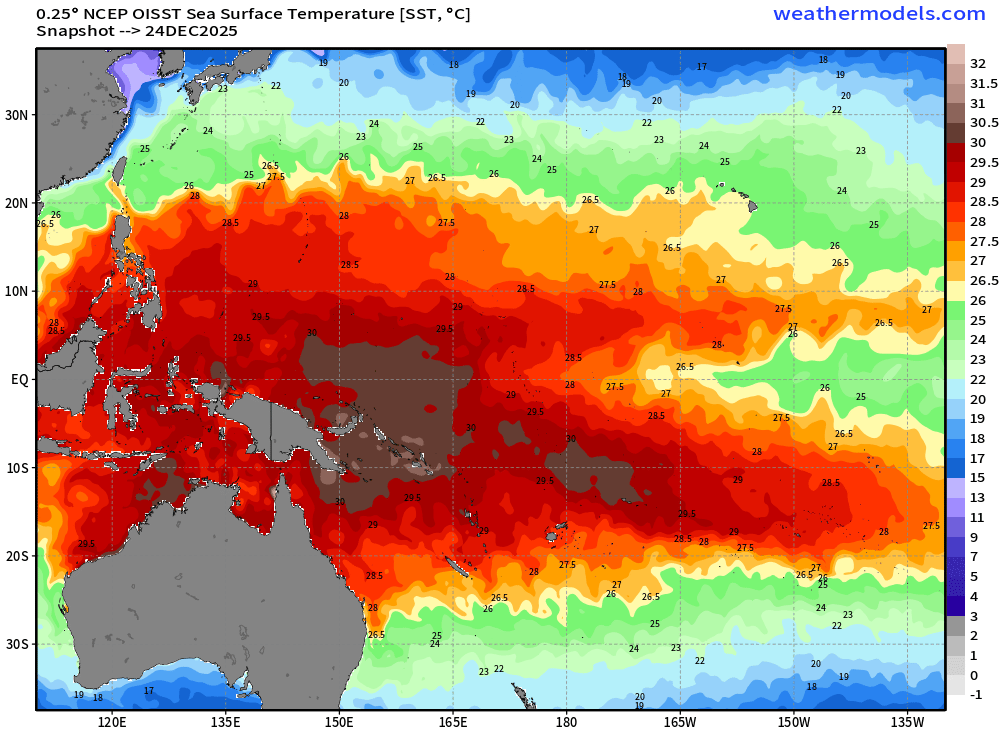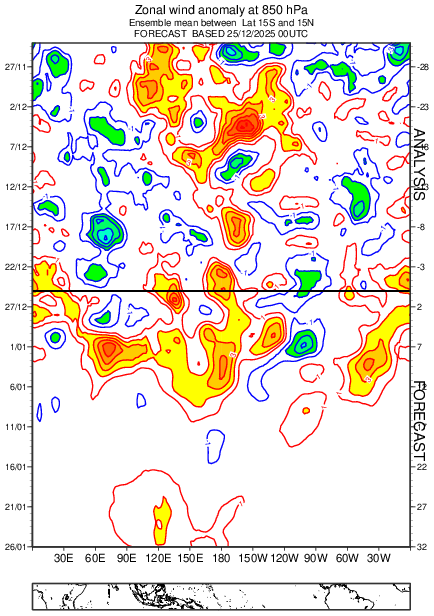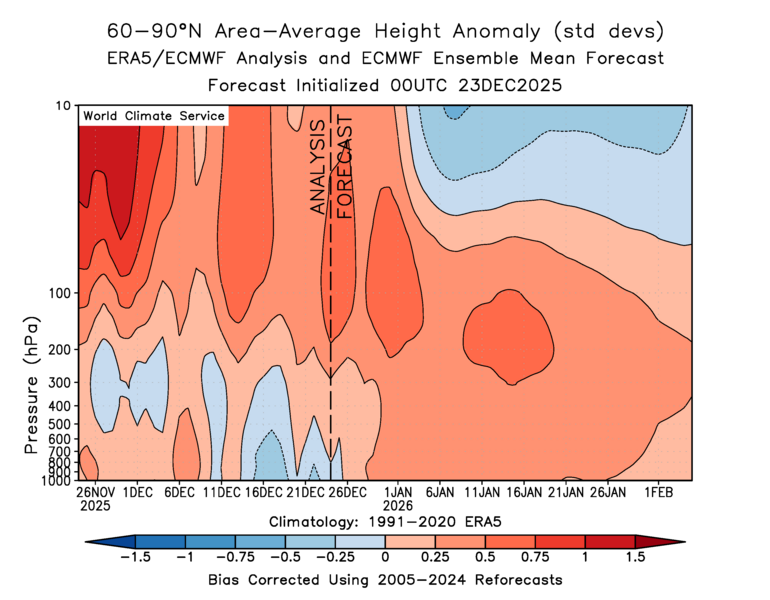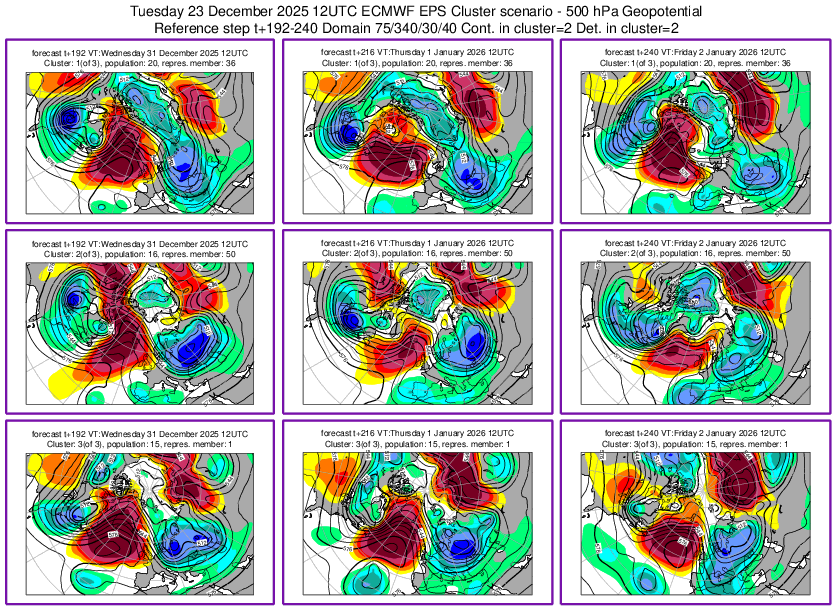-
Posts
3,469 -
Joined
-
Last visited
Content Type
Profiles
Blogs
Forums
American Weather
Media Demo
Store
Gallery
Everything posted by EasternLI
-
Just over 4" OTG. Still snowing pretty good here.
-
Still snowing pretty hard over here. Closing in on 4 OTG.
-
~3" OTG still coming down pretty good here.
-
Yeah, radar is sweet.
-
Yeah, that put down a quick 1.5" and it's still coming down good too.
-
-
Oh yeah this is a nice band. Started right up when it moved in. And it's dumping here now. Everything covered.
-
Hmm you know what, that pattern shown on that 1/19-25 timeframe of that run caught my eye. It's a pretty interesting one. These are very similar key features displayed, to the key features of the 500mb precursor to PV split pattern. Which would be a leading indicator ~14 days ahead of one should one manifest itself properly. Big trough over East Asia, Big ridge in pacific up through Alaska, Vortex in Hudson Bay and Canada, little bit of SE ridge. Even a subtle hint of the high pressure in the Urals in these height lines. Something else to keep an eye out for if we see that. Lots of interesting things going on this year.
-
I've been quietly liking my spot in this since yesterday. Anticipating these slight bumps NE. Longitude helps a bit here in this Frankenstein pattern situation. You'll probably do pretty well too I think.
-
...WINTER STORM WARNING REMAINS IN EFFECT FROM 7 PM THIS EVENING TO 1 PM EST SATURDAY... * WHAT...Heavy snow expected. Total snow accumulations between 7 and 10 inches. * WHERE...Northeast Suffolk and Southeast Suffolk Counties. * WHEN...From 7 PM this evening to 1 PM EST Saturday.
-
Area to watch is higher up actually. DGZ in this is way up around 500mb so look higher for the banding signatures in models. But there is a sneaky warm layer to keep track of too ~750mb. This sounding is from somewhere near the sleet line.
-
Watch that. If you can squeeze even a slightly more amped ridge in the west here, this quickly becomes really interesting with a block in the Atlantic.
-
-
Sorta held serve from 12z. Slightly more QPF.
-
-
-
Which one of you is going to the park to take some measurements with photos? Somebody, c'mon now.
-
Quite far from being done with that too IMHO.
-
Well now here it comes on the 00z 12/25 EPS. Pacific jet extends, wave breaks that semi-permanent pacific block, +PNA setting up. Merry Christmas
-
Your work is always solid! You do a tremendous job combing through data and laying out reasoning for your thoughts. But you want to get it right, I get that. I'm not really sure if anyone anywhere was really confident how that would go. Tricky situation. I sure had some doubts. Welcome development though for sure.
-
Man, take a look at these clusters from the EPS 00z run last night. Very clearly we've trended to the getting an actual block to form in the first place scenario. So here's the 5-7 day period now. All of them with the big Atlantic block, and the 3rd one just goes ape with it. Then beyond that, in the day 10-15 range. The leading scenario transitions from that, to a good old fashioned west based NAO block.
-
Well wouldn't that be a phenomenal series of events were that to happen. I remember reading about +EAMT events potentially being a catalyst leading towards strat disruption at some point in the past somewhere. So that makes total sense to me. Thanks for mentioning it, I kinda forgot all about that possible consequence. Yeah, these are very interesting features to keep tabs on for sure.
-
Speaking of the stratosphere shenanigans. This is one heck of an interesting chart to see come out from that euro extended. We downwell right through January?
-
EPS is on board with that from the looks of things. Plus it looks like there's actually a slight firing up of the Jet in the near term too. Perhaps models started to hone in on that recently hence the shifts lately? Being just enough to amplify everything just a little bit. Looks as though Santa decided to drop a little bit of high pressure east of the Himalayas in 36 hours. And you can see the jet wake up slightly from being completely dead off Asia previous to that. Longer range, days 10-15. As per the hints from previous EPS runs. A much stronger Siberian high pressure is still looking to pay a visit to the east of the Himalayas. With the stronger jet extension now starting to more clearly present itself in that period. +EAMT event coming into better view now across guidance.
-
2 out of 3 clusters from the EPS 12z run would be a major arctic blast to ring in the new year... So 8-10 day range. Check out cluster 2 with the exotic Atlantic/Pacific ridge bridge too. Which is the cluster they have included the OP run with. Absolutely frigid air up in that source region.


